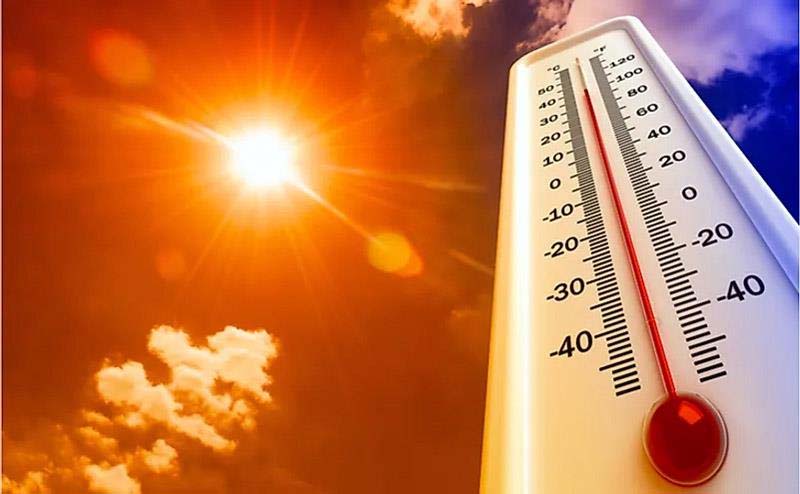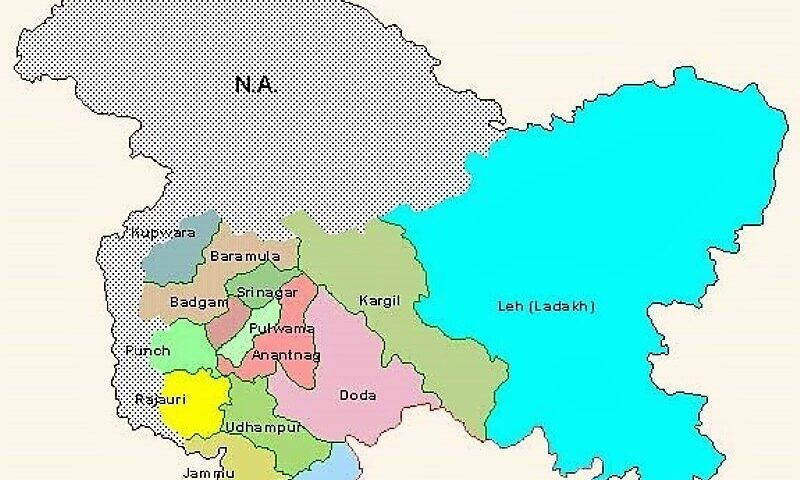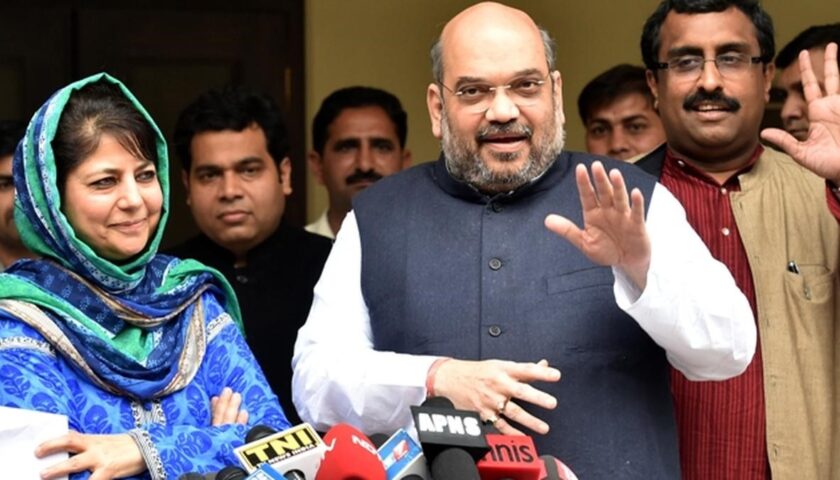A Region Unprepared for the Heat
Srinagar | 12 June 2025
The Himalayan beauty of Jammu & Kashmir has long been celebrated as India’s summer escape. Snow-capped peaks, flowing streams, and pine-scented breezes define the region’s identity. But something has changed. June 2025 has turned this paradise into a furnace, pushing temperatures to dangerous levels and leaving residents gasping for relief. From bustling Jammu city to the quiet lanes of Kupwara, an intense heatwave in Jammu & Kashmir is forcing schools to reconsider their calendars, farmers to rethink their work schedules, and ordinary people to adapt to a new, harsher climate.
The region has been reeling under a relentless dry spell and unusually high temperatures, with Srinagar touching 33.5°C—an alarming 5.5°C above normal. Qazigund, the southern gateway to the valley, clocked in at a blistering 34°C, while Kupwara in the north saw 31.6°C, both far above historical averages. In Jammu city, the mercury surged past 44.4°C. This isn’t just summer anymore—it’s a climate crisis in real-time.
While the Education Department is weighing early summer vacations, the bigger question looms: is this just a weather anomaly, or is it a sign of a much larger environmental transformation underway in the Himalayas?
A New Climate Reality for Jammu & Kashmir
Traditionally, Jammu & Kashmir enjoys a four-season rhythm. Summer is brief and pleasant, especially in the valley. But in recent years, extreme temperature events have become frequent and intense, signaling a shift in the region’s climate identity. This is the second major heatwave in less than a month. Earlier, from May 18 to 27, the region witnessed temperatures 6–8°C above normal, including Srinagar’s third-highest ever reading of 34.4°C.
Experts say this isn’t just a coincidence—it’s the manifestation of global climate change at a regional level.
“Extreme weather events are becoming common across the Himalayas,” says meteorologist Farooq Ahmad Bhat. “We have past data to show high temperatures in 1968 and 1956, but today’s frequency and patterns are far more alarming. It’s not isolated; it’s systemic.”
The troubling part? The current heatwave isn’t linked to El Niño or any major international weather systems. It’s being driven by dry conditions, lack of rainfall, and warming land temperatures—all signs of localized climate imbalance.
Meteorological Breakdown: Understanding the Heatwave
According to the India Meteorological Department (IMD) Srinagar, the region is under a severe heatwave alert with no significant relief expected before June 14, when brief showers and gusty winds might bring momentary cooling.
Temperature Anomalies (as of June 11, 2025):
-
Srinagar: 33.5°C (5.5°C above normal)
-
Qazigund: 34°C (7.3°C above normal)
-
Kupwara: 31.6°C (3.4°C above normal)
-
Jammu: 44.4°C (5.6°C above normal)
-
Kathua: 43.8°C (5.7°C above normal)
-
Katra: 40.6°C (4.9°C above normal)
“This is likely to continue for a few more days,” said Mukhtar Ahmad, IMD Srinagar Director. “The public must avoid venturing out in the afternoons. Hydration is key. And while the forecast hints at light rainfall from June 14 to 17, there’s no major wet weather system expected before the 20th.”
Heatwave and the Academic Calendar: A Disrupted Schooling Season
In Kashmir, schools typically break for summer in the third week of June, while in Jammu, vacations begin around early July. But now, the Education Ministry is under pressure to declare early holidays, especially as students report dizziness, fatigue, and nosebleeds due to poorly ventilated classrooms and rising temperatures.
“We are observing the situation for a few more days before making a decision,” said Education Minister Sakina Ittoo. “If temperatures stay high, we’ll announce an early summer vacation.”
Parents across districts like Anantnag, Pulwama, Baramulla, and Rajouri are calling for urgent action. Students, especially those preparing for competitive exams, are among the worst affected. Libraries lack cooling, and coaching centers remain overcrowded even during hot afternoons.
Why it matters: This is not just about temporary discomfort. Heatwaves affect cognitive performance in children, reduce attendance, and widen educational gaps—especially in underserved rural schools.




